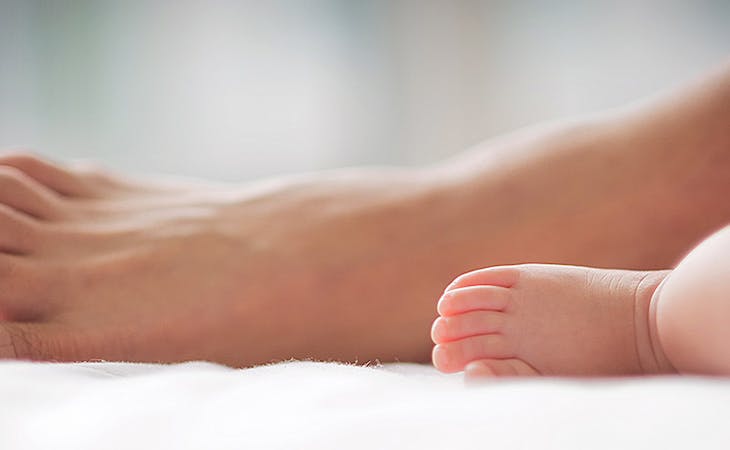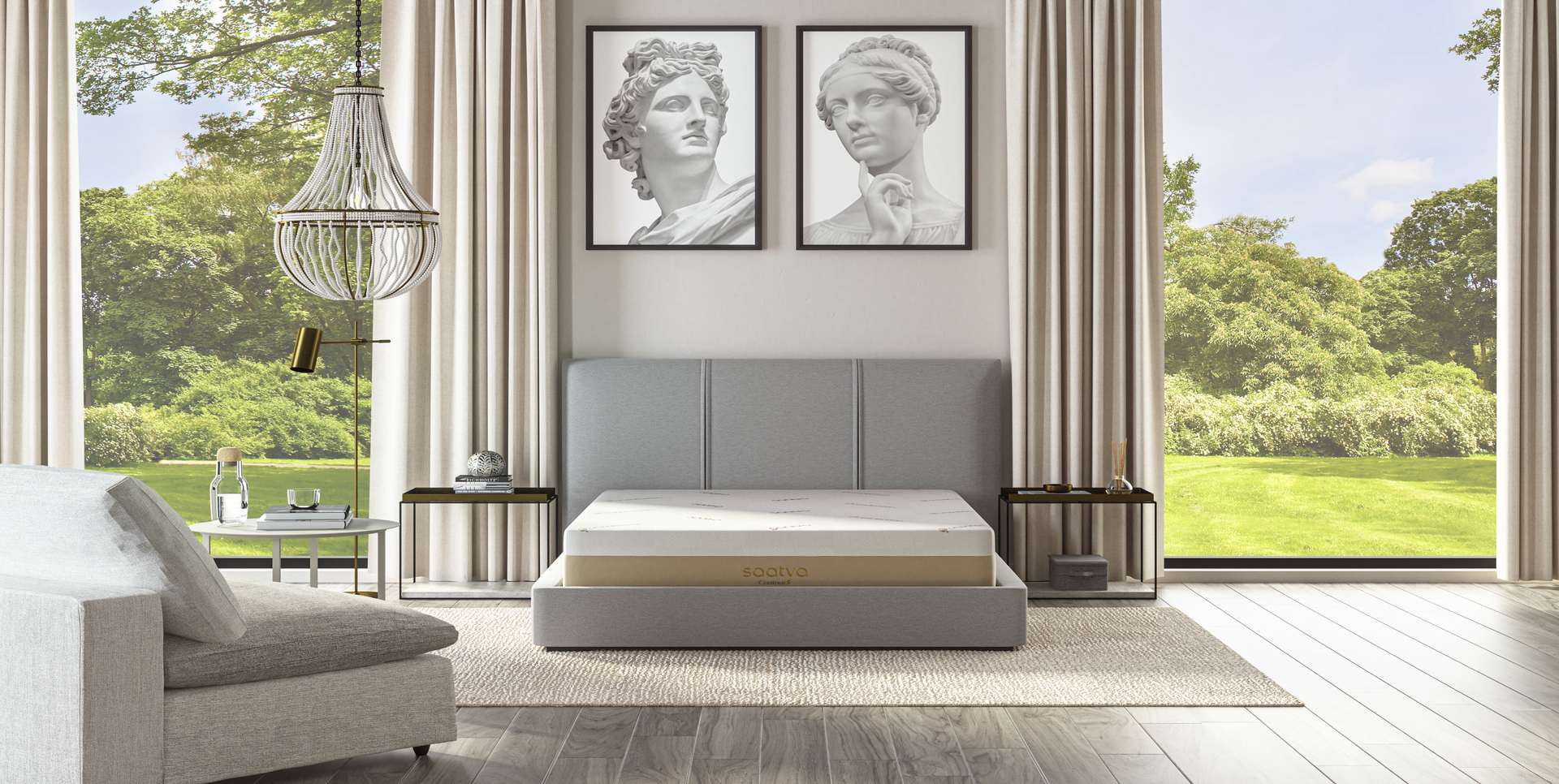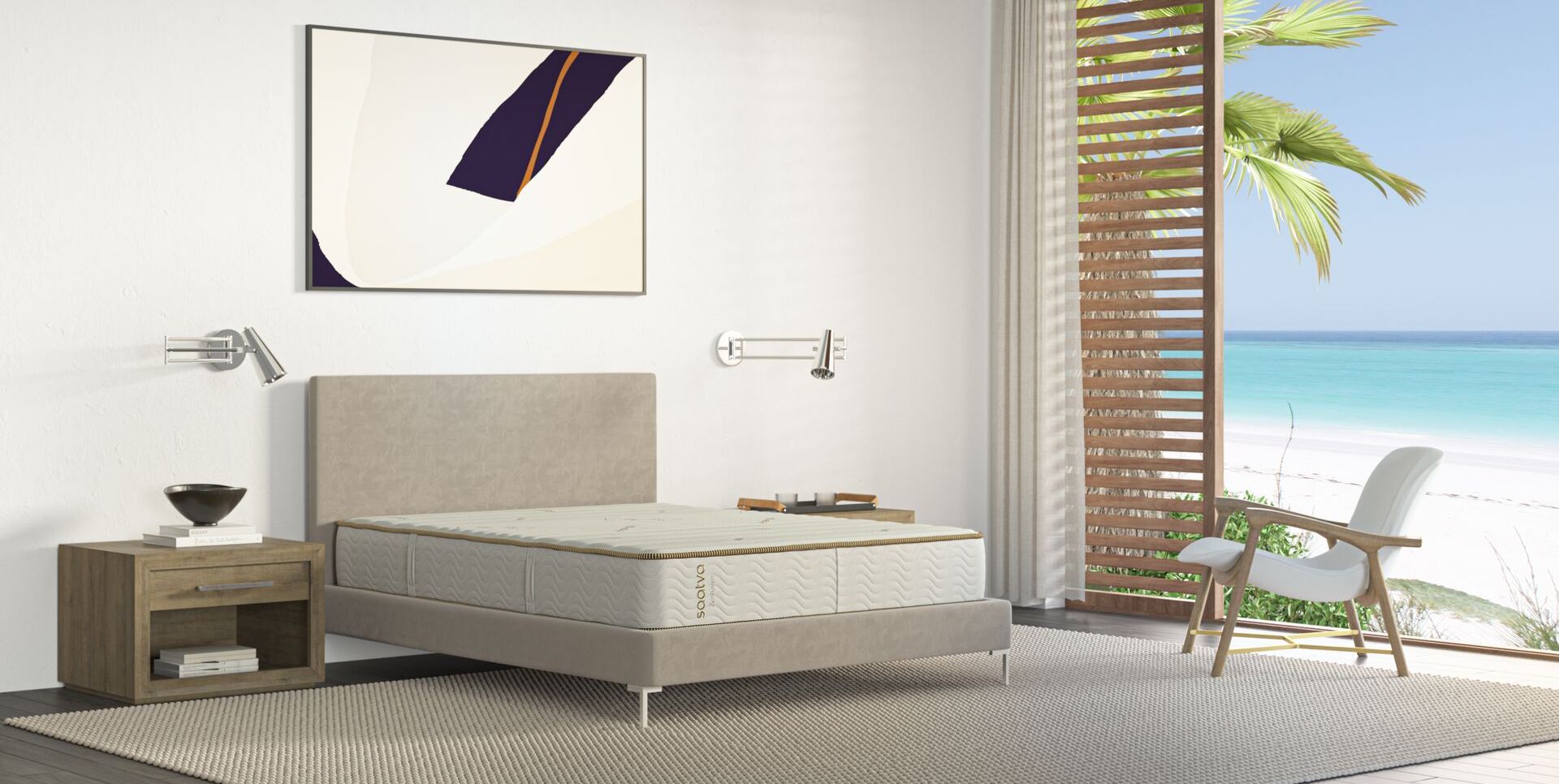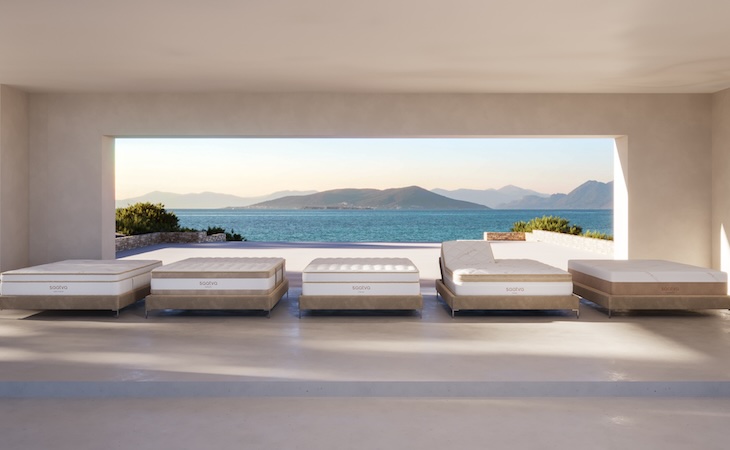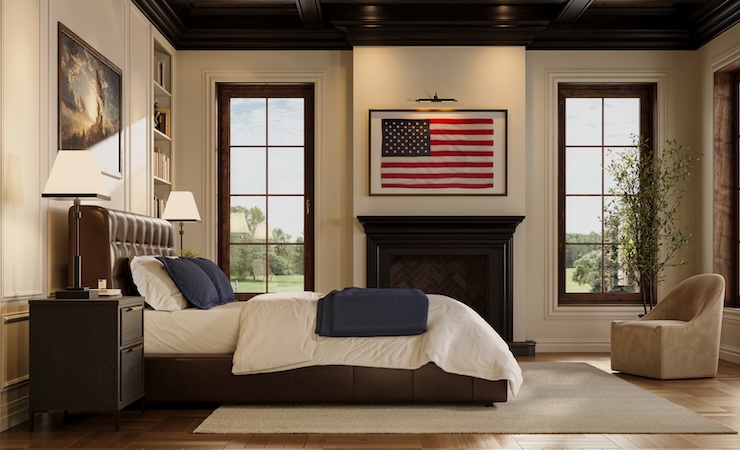Time changes all things—your sleep needs included. Children seem to be able to snooze virtually anywhere. But a tired parent, busy mid-life professional, or baby boomer? Not so much. That’s why it’s helpful to take ages and stages into account when choosing your next mattress.
Here’s a primer on what to look for at every age.
Best mattress for young kids
The biggest concern for parents of young children is sleep safety. In particular, many parents worry about potential health effects of fire retardants and chemicals known as VOCs (volatile organic compounds) in children’s bedding. “If you’re looking to minimize your child’s exposure to VOCs, search for mattresses that are advertised as ‘low VOC’ or ‘nontoxic,'” says Derek Lakin, a researcher at HighYa, an independent consumer products review company.
Third-party certifications like a CertiPUR-US®1, Oeko-Tex, or Greenguard Gold label, indicate that a mattress has been independently verified to have low VOC emissions. Mattresses with the most stringent certification—the Global Organic Textile Standard (GOTS) label—contain no polyurethane foam and are free of certain other types of concerning chemicals.
Remember, infants require very firm sleeping surfaces to reduce the risk of SIDS; after that, the best mattress for toddlers is usually a medium firmness. For easy clean-up of accidents and spills, be sure to protect your child’s mattress with a waterproof cover (you might also want to keep our stain removal guide handy).
Best mattress for teens and 20s
When it comes to the best mattress for teens and those in their 20’s, it’s important to consider exactly how you sleep. Since sleep styles start to solidify around this time, it’s important to take sleeping positions into account. Stomach sleepers, for example, need a mattress that’s on the firmer side to prevent uncomfortable curvature of the spine. Side sleepers, on the other hand, benefit from a slightly softer mattress that will conform to their body and relieve pressure on the shoulders and hips. Memory foam or a “hybrid” mattress that combines innersprings and a foam comfort layer is often a good choice, as are innerspring mattresses with individually wrapped coils. (Here are more tips on how to choose the best mattress for side sleepers.)
Back sleepers are the easiest to please: Many different support levels and materials will work, so go with what feels coziest. A quality twin XL or full-size is a good mattress for teens, as it can follow them from high school through college, and beyond.
Best mattress for 30s and 40s
Lots of thirty- and forty-somethings have a sleeping partner or young kids who like to climb into bed with them. If you don’t want to get jostled every time someone rolls over or wiggles, look for a mattress that minimizes motion transfer.
Memory foam is one of the best materials for this, says Keith Cushner, the founder of Tuck, a sleep education site for healthcare pros and consumers. “Our internal testing and data collection also points to some hybrid models that have foam over an individually wrapped coil core as being good for cutting down on motion transfer,” he says. Because the coils move independently of each other, motion in one spot stays isolated from other parts of the bed.
Best mattress for 50s
Midlife usually brings a few changes that can interfere with sleep, such as body aches or back pain. Many experts recommend memory foam or latex for increased comfort, since those materials contour to the body to reduce pressure on the joints and spine. If you have chronic neck or back issues, consider looking for a mattress that carries the COCSA Seal of Approval, which means it meets the Congress of Chiropractic State Associations’ standards for supporting spinal health.
Women with menopause-related night sweats or hot flashes might want a mattress that retains less heat. Innerspring or hybrid mattresses typically sleep “cooler” than foam ones, Cushner says, though many foam mattresses these days include a layer of cooling gel. Latex, because it naturally allows more air circulation, tends to be cooler than memory foam. Bonus tip: Opt for something with a generous trial period or return policy, that way you can sleep on it for a month or more to be sure it’s a good fit.
(Worried about sleep temperature? See “Why Some Mattresses Sleep Hot—and What You Can Do About It.”)
Best mattress for 65+
Seniors, think Goldilocks: Something not too hard and not too soft, with a just-right amount of contour to provide pressure relief for potentially creaky joints. Too-soft beds or deeply conforming foam can be harder to maneuver around in, making you feel as if you’re “fighting” against the bed when you try to switch positions, Cushner says.
For someone with bad hips or knees, a taller bed frame or thicker mattress will generally be easier to stand up from in the morning (though it might be harder to climb into at night). Good edge support is key, too, Cushner adds: “The more you sink when sitting on the edge of the bed, the harder it is to get on your feet from the sitting position.”
While seniors may find it harder to sleep (insomnia is the number one complaint among those age 60 and older), not getting enough rest is linked to a range of negative health outcomes, including an elevated risk of memory loss. Here’s why, if you’re over 60, you really need a good night’s sleep.
- CertiPUR-US® is a registered trademark of the Alliance for Flexible Polyurethane Foam, Inc. ↩︎

